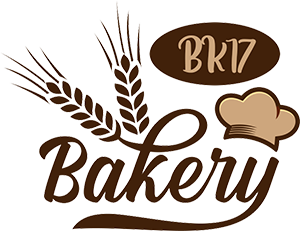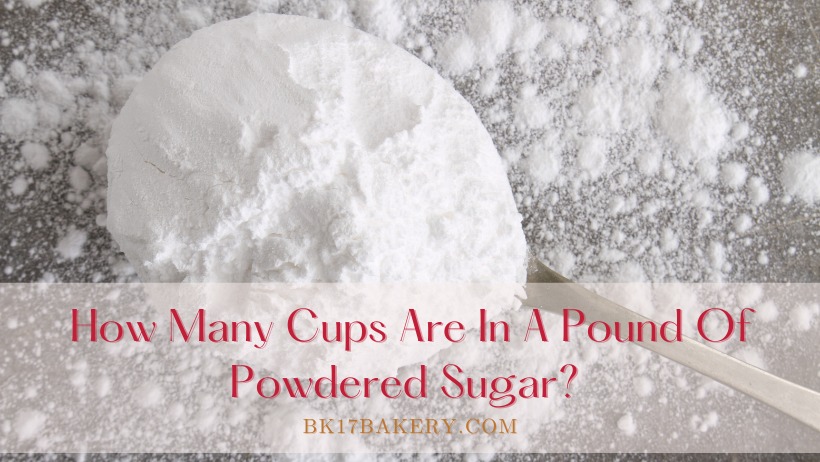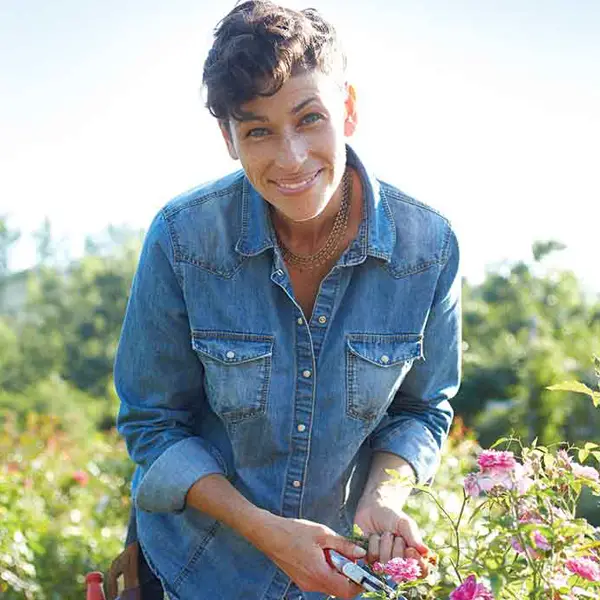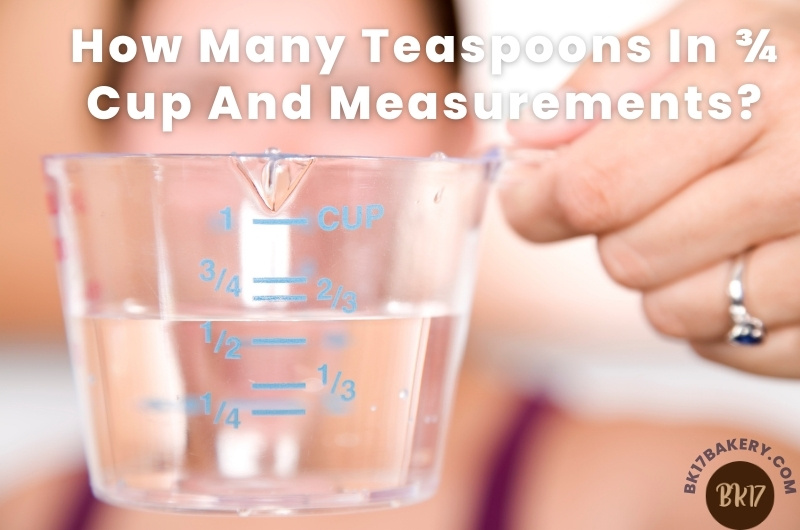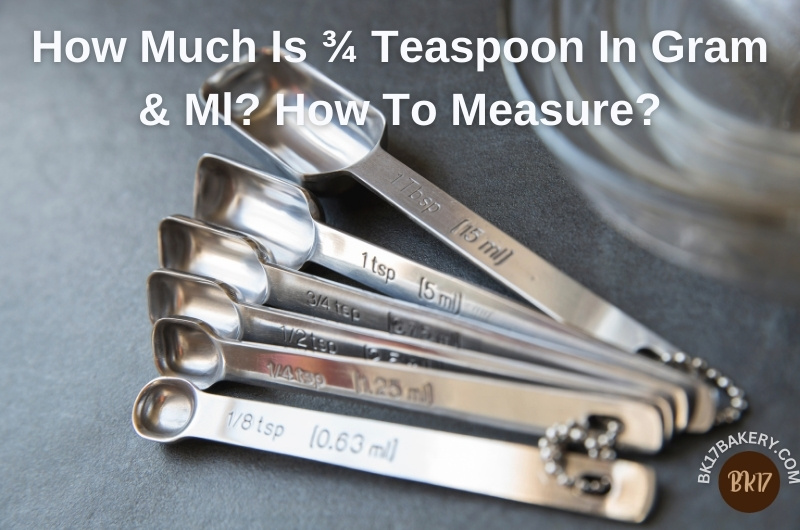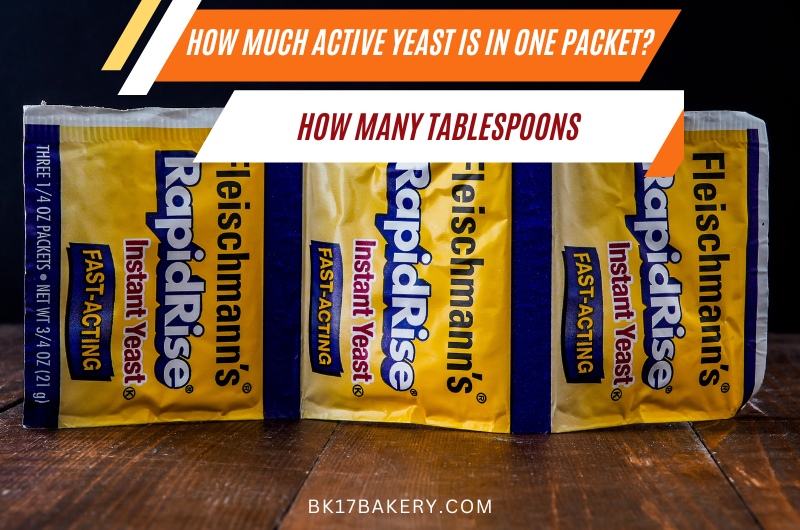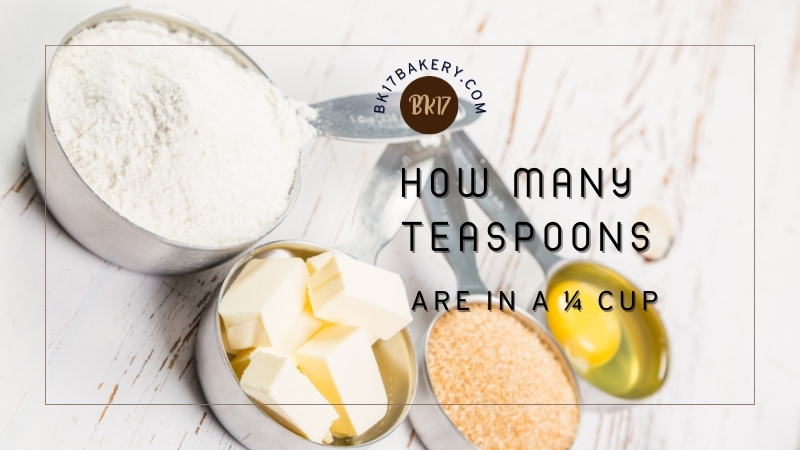We’ve all been there: all set to bake a scrumptious batch of cupcakes, the ingredients are lined up, and then you hit an unexpected roadblock.
The baking recipe lists powdered sugar in pounds. But all you have are measuring cups and don’t know how many cups is 1 pound of powdered sugar to follow the recipe.
Don’t worry. I’ve faced the same mix-up more times than I can count. I decided to put on my detective hat and get to the bottom of this. Read on and you’ll find the answer.
In This Article
What is Powdered Sugar?
Powdered sugar, or confectioners sugar, is standard granulated sugar that has undergone an intense grinding process to become a delicate, ultra-fine powder. It’s this refined texture that sets this versatile ingredient apart – as soft as a whisper and as light as a snowflake.
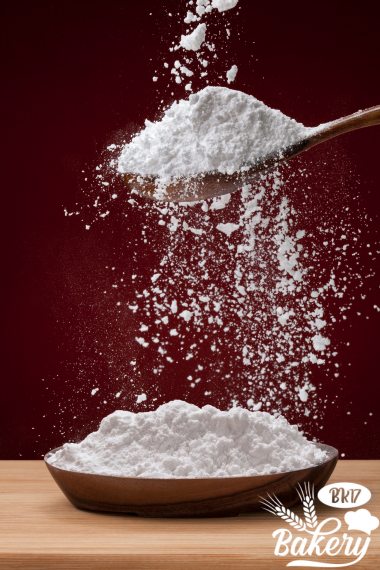
Typical commercial products aren’t just powdered; it carries a tiny secret ingredient: cornstarch. Generally making up a tiny amount of the mixture, cornstarch steps in to prevent clumping, keeping your powdered sugar as smooth as possible.
Baking enthusiasts like me often use powdered sugar to grace the tops of donuts, beautify buttery pastries, and whip into a cloud to make some of the best frostings and icings out there.
Its allure lies not only in its sweetness but also in its unique texture – a delicate touch that lends a beautiful finish to your creations.
How Many Cups is a Pound of Powdered Sugar?
When it comes to powdered sugar, the rule of thumb is 1 pound amounts to around 3 ½ to 4 cups if it’s unsifted sugar. If you take the extra step to sift it, you’re looking at approximately 4 ½ cups of sugar.
During my kitchen trials and measurements, it always fascinates me how a simple process like sifting can determine the number of cups you can get from a pound of powdered sugar.
When you sift powdered sugar, you introduce more air into it, and as a result, it takes up more space. That’s why a pound of sifted powdered sugar fills up more cups than its unsifted counterpart.
Remember that these numbers don’t apply to other types of sugar, such as brown sugar.
How to Measure Powdered Sugar Correctly
Unlike other types of sugar, powdered sugar requires its own measuring methodology. Over time, I’ve discovered that the usual technique may not cut it – a lesson I learned the hard way.
Sifting
You’ll need to sift your powdered sugar before measuring if your favorite recipe specifically calls for ‘sifted powdered sugar.
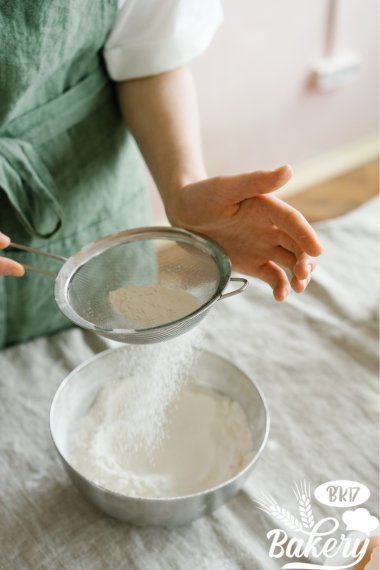
Sifting powdered sugar might seem like an extra step, but trust me: it’s one worth taking. In my experience, sifting beforehand gives your sugar a lighter, airier texture, which can make a noticeable difference in your final product.
Remember, sifting isn’t just about texture. It also helps remove any potential lumps in your sugar, ensuring a smooth, lump-free mix for your baked goods.
Sieve or Mesh Strainer
One of the easiest methods is to use a sieve or a fine mesh strainer. Simply spoon your powdered sugar into the sieve and gently tap it over a bowl.
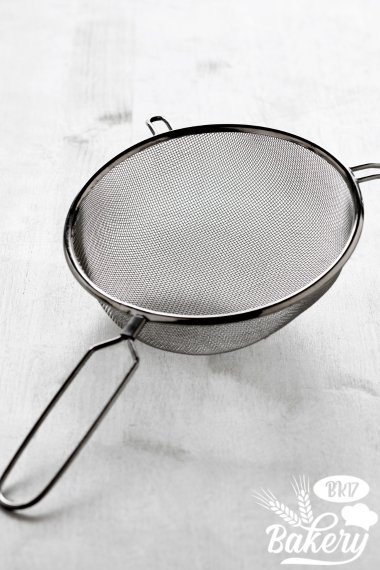
You’ll see the sugar transform into a fluffy cloud before your eyes. One tip from my kitchen to yours: Don’t rush this step. Patience yields the fluffiest sugar.
Sifter
If you’re a frequent baker, investing in a sifter could be a good move. These handy devices come with a handle that you squeeze or turn to sift the sugar.
It’s an effortless process: Just load your sifter with powdered sugar from an airtight container, hold it over a bowl, and turn the handle. I’ve noticed that using a sifter often results in a finer, more consistent texture.
Measuring With a Kitchen Scale
If you’re a stickler for accuracy like I am, a kitchen scale is your best friend as it takes the guesswork out of the process.
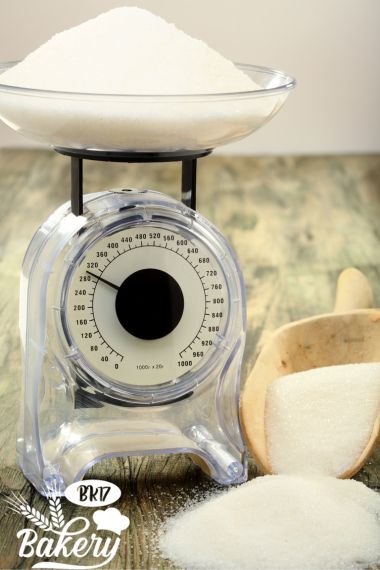
Here’s how it goes: Start by placing your bowl on the scale and zeroing out the weight. This way, you’ll have a precise measurement of only the sugar, not the bowl.
Now, spoon or pour your powdered sugar into the bowl until the kitchen scale reads the required weight. Remember, for powdered sugar, 1 pound equals approximately 453.6 grams.
But what if your recipe calls for cups, not grams or pounds?
No problem. 1 cup of unsifted powdered sugar weighs about 4.41 ounces (125 grams), while a cup of sifted sugar weighs roughly 3.61 ounces (102 grams).
Now, these rapid-fire calculations are my go-to, and they’ve never steered me wrong. However, remember that baking conditions can vary.
Factors like airborne moisture or the specific brand of sugar can cause minor variances. Over time, you’ll start to understand how these elements play into your own baking.
Measuring Without a Kitchen Scale
Not everyone has a kitchen scale in their arsenal, and that’s okay. I started my baking journey with nothing more than a set of dry measuring cups, and this alternative option served me well.
Using cups to measure your powdered sugar is a bit less precise than a kitchen scale, but with some attention to detail, it can certainly do the job. Here’s how to do so.
Take a dry flat-topped measuring cup and spoon your powdered sugar into it. Be gentle; you don’t want to pack it down.
Once the sugar is heaped over the top, take a straight edge – a knife works well – and level off the excess sugar. You’ve now got yourself a level cup of powdered sugar.
How to Make Powdered Sugar at Home
Making this powdered ingredient your own is surprisingly simple. It might not be efficient for larger batches, but for a cup or two, it can definitely save you a trip to the store.
You’ll need just two dry ingredients: granulated sugar and cornstarch. The cornstarch, as I’ve mentioned earlier, helps prevent the sugar from clumping together.
You don’t need to measure your ingredients by weight. For every 1 cup of granulated sugar, just add 1 tablespoon of cornstarch.
- First, place your ingredients in a food processor or a blender. I’ve found that high-speed blenders or food processors work best for achieving that super fine texture.
- Blitz the mixture until it transforms into a fluffy and fine powder. Give it a minute or two to settle before opening the lid, unless you want to create a mini snowstorm in your kitchen.
Remember, while making your own powdered sugar can be a lifesaver in a pinch, it might not be the best option if you’re preparing a large recipe or if you’re going for a super smooth consistency.
Commercial products tend to be more finely ground than what most of us can achieve at home, and that can impact the texture of your frosting or glaze.
Frequently Asked Questions
How Many Cups Are in a 2lb Bag of Powdered Sugar?
The number of cups that are in a box of powdered sugar depends on whether you’ve sifted it. The basic conversions are: a 2lb bag of unsifted sugar holds approximately 7 to 8 cups; but if it’s sifted, you’re looking at around 9 cups.
Are 4 Cups of Powdered Sugar a Pound?
Almost, but not quite. With four cups of unsifted powdered sugar, the correct measurement is typically closer to 0.9 pounds.
Can I Substitute Regular Sugar for Powdered Sugar?
While it’s possible, it’s not the best idea. Regular sugar has a much coarser texture than powdered sugar, which can lend an unappealing grainy texture to your finished dish.
Plus, regular sugar lacks the cornstarch found in powdered sugar, which keeps clumping at ba. In a pinch, you can blitz regular sugar in a blender to make it finer, but it won’t replicate the smoothness of powdered sugar.
How Many Cups of Brown Sugar Are in a Pound?
A pound of brown sugar translates to approximately 3½ cups when it’s loose. If you pack it down into the measuring cup, as is often recommended for brown sugar, a pound is closer to 2¼ cups.
Conclusion
Every little detail counts in baking, including understanding how many cups a pound of powdered sugar gives you. Whether you’re whipping up a batch of cookies or perfecting your frosting technique, understanding these nuances can make a world of difference.
Feel free to put these tips to the test in your next baking session, and don’t forget to share your experiences, thoughts, or any questions you may have in the comments section below.
See more: Does Powdered Sugar Go Bad?
